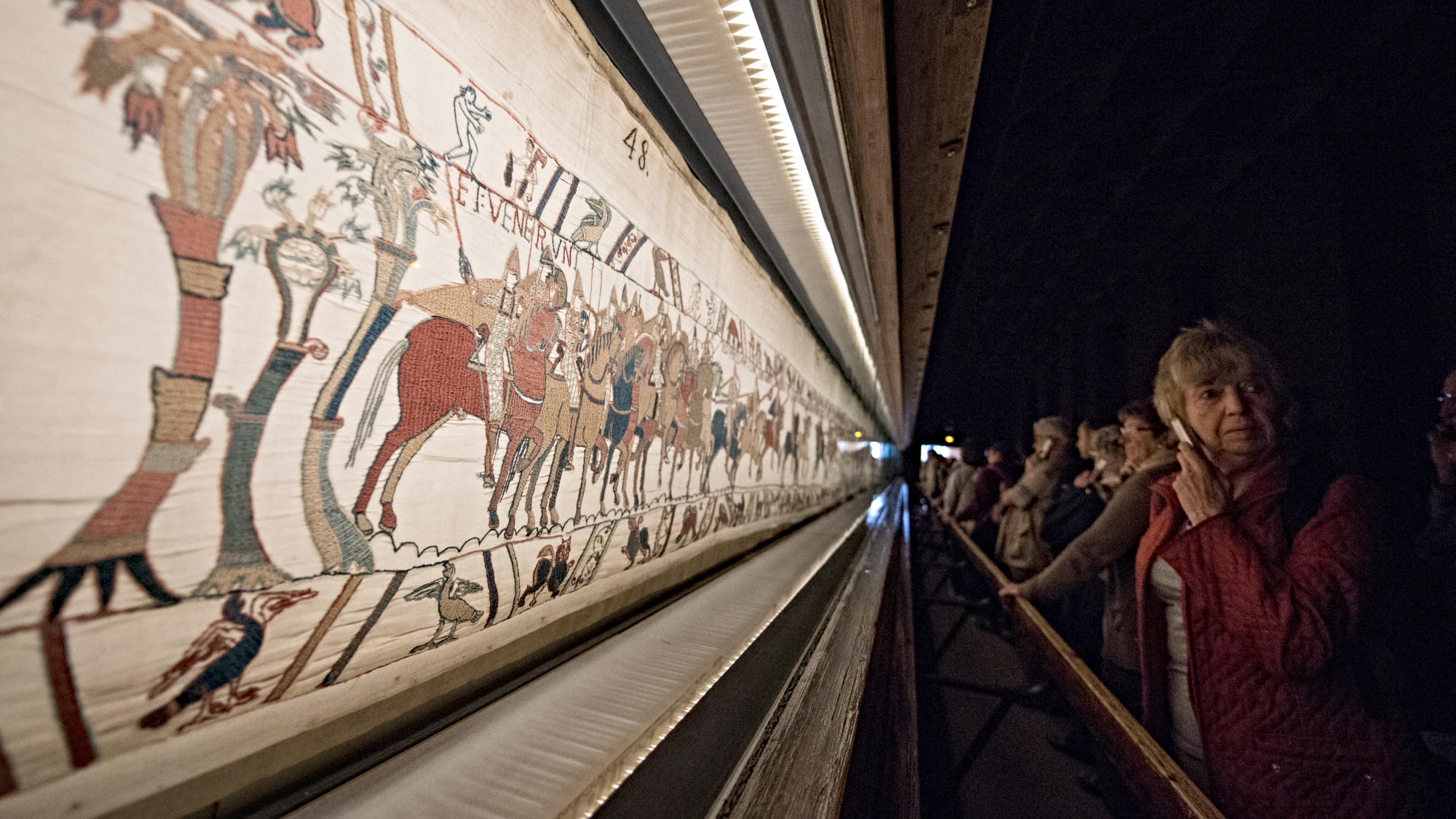Exhibit of the week: What Is a Photograph?
No one yet has come up with a definition of photography that everyone can agree on.
International Center of Photography, New York City
Through May 4
No one yet has come up with a definition of photography that everyone can agree on, said Lyle Rexer in Time.com. A century and a half ago, pioneers of the medium struggled to explain its purpose: Were pictures made with cameras meant to be expressive or purely documentary? Was photography art—or science? This exhibition doesn’t attempt to answer the question in its title so much as it adds new ones. Wander around the galleries and you’ll see “photos that border on sculpture (by Letha Wilson), photos that aren’t photos at all but just photo paper (by Marco Breuer and Alison Rossiter), photos that look simple but have elaborate backstories (by Liz Deschenes and Christopher Williams).” Perhaps the only thing all these artists have in common is that they “begin with the assumption that photography never did simply open a window on the world.” Instead, it created its own worlds.
The Week
Escape your echo chamber. Get the facts behind the news, plus analysis from multiple perspectives.

Sign up for The Week's Free Newsletters
From our morning news briefing to a weekly Good News Newsletter, get the best of The Week delivered directly to your inbox.
From our morning news briefing to a weekly Good News Newsletter, get the best of The Week delivered directly to your inbox.
The show features “plenty of work by established names,” said Rozalia Jovanovic and Vanessa Yurkevich in ArtInfo.com. Sigmar Polke and Gerhard Richter were smearing paint on photo prints back in the 1970s, and their experiments make appearances here. “But a newer generation is also represented, one that has pushed photography in entirely new directions.” For 154 (2010), Mariah Robertson projected negatives onto a 100-foot-long ribbon of metallic photo paper that hangs from the ceiling in loops, nearly touching the floor in places. Many of her contemporaries have also eschewed digital manipulation, preferring to sustain the craft of hand-processing prints in darkrooms. But not everyone resists the lure of Photoshop. Artie Vierkant, 27, builds color panels in the program and transfers them onto aluminum, which he then cuts into geometric shapes. Each finished work is flat, but “has a suggestion of sculptural dimensionality.”
Despite the emphasis on emerging artists, this “a strangely blinkered and -backward-looking show,” said Ken Johnson in The New York Times. Vierkant at least takes an interest in new distribution technologies, reproducing his works on the Web and inviting viewers to alter them. But he’s one of only four artists even engaging with digital technology, and the larger group seems more focused on process than purpose. Polke’s Untitled (Here and Elsewhere), a large 1977 collage, provides an exception. Amid dozens of mundane photos of his fellow countrymen enjoying restaurant meals, the late German artist cheekily included an image of two then-powerful former Nazis doing the same. Clearly, Polke wanted to stir up trouble, an impulse that underscores “the navel-gazing narrowness” of “almost everything else in the exhibition.”
A free daily email with the biggest news stories of the day – and the best features from TheWeek.com
-
 The best art exhibitions to book in 2026
The best art exhibitions to book in 2026The Week Recommends Our pick of the shows to see across the UK, from epoch-defining embroidery to fresh looks at under-appreciated artists
-
 What is the Donroe Doctrine?
What is the Donroe Doctrine?The Explainer Donald Trump has taken a 19th century US foreign policy and turbocharged it
-
 Could a part-and-part mortgage help you on to the property ladder?
Could a part-and-part mortgage help you on to the property ladder?Combining repayment and interest-only mortgages could become more popular as part of a push towards more flexible lending